I happened upon a Lightning Bug while I was kayaking around Seattle’s Lake Union. There is no shortage of fine wooden boats around the lake, but this 15’ motor launch built by Budsin Wood Craft of Marshallberg, North Carolina, drew me in for a closer look. LUCCIOLA, moored in front of one of the more interesting floating homes that line the east shore of the lake, was luminous in the autumn afternoon sun. The boat’s name, Italian for Lightning Bug, was written on the transom in gold leaf, outlined in black. Not every boat can carry off a gilded name, but the Lightning Bug’s lines and workmanship are exceptionally fine and deserve no less.
The Lightning Bug has a vacuum-bagged, cold-molded hull. Finished bright above the waterline, LUCCIOLA’s hull has two inner diagonal layers of cedar and an outer layer that is a combination of fore-and-aft mahogany planking above the waterline and diagonally laid cedar below. Fiberglass applied below the waterline protects the bottom. The seams between the mahogany planks are routered to a uniform width, then filled with epoxy and mahogany sanding dust. The mix is quite dark, almost black, and looks a bit like the shadows cast by lapstrake planking. It’s a nice touch and accentuates the boat’s shape. An ash outwale and guard outline the sheerstrake with a bright accent. The finish on the boat is flawless. Budsin puts at least 12 coats of varnish on the woodwork, and the result is radiant wood grain and a glassy shine.
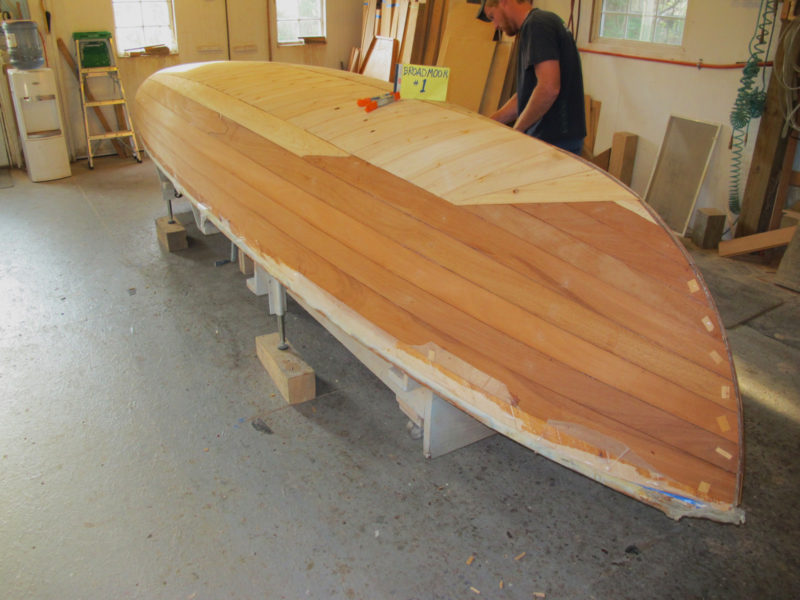 courtesy of Budsin Electric Boats
courtesy of Budsin Electric BoatsThis hull will be finished bright above the waterline and has an outer layer of mahogany planking to cover the topsides.
Boats ordered from Budsin with a painted hull have three diagonal layers of cedar and are ’glassed from keel to sheer. The hulls of all of the boats are braced inside by eight pairs of laminated cypress half frames, ultimately concealed by a ceiling of mahogany slats and the cockpit sole.
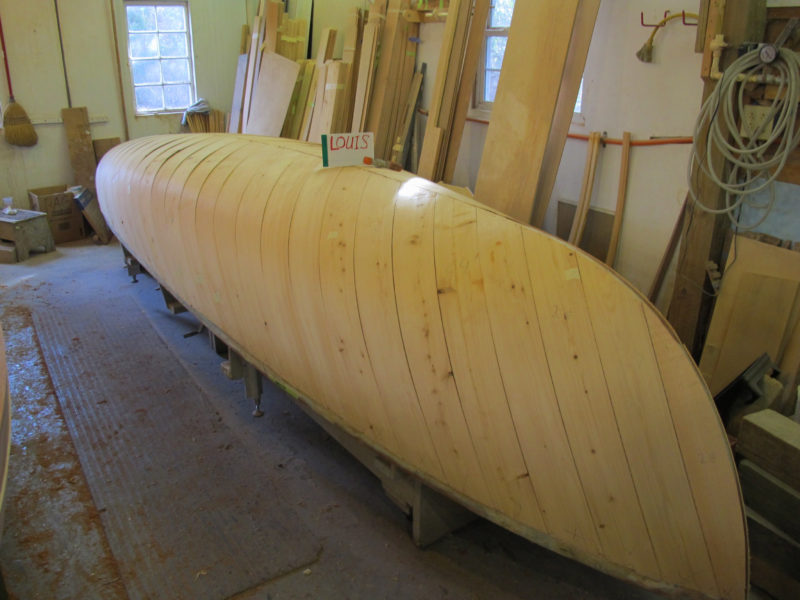 courtesy of Budsin Electric Boats
courtesy of Budsin Electric BoatsHulls destined to be painted have three layers of diagonally laid cedar planking.
The transom, decks, and coaming are all mahogany. The aft deck of LUCCIOLA has a small hatch that is the lid to an optional built-in cooler that has plenty of room for ice and drinks, even tall wine bottles.
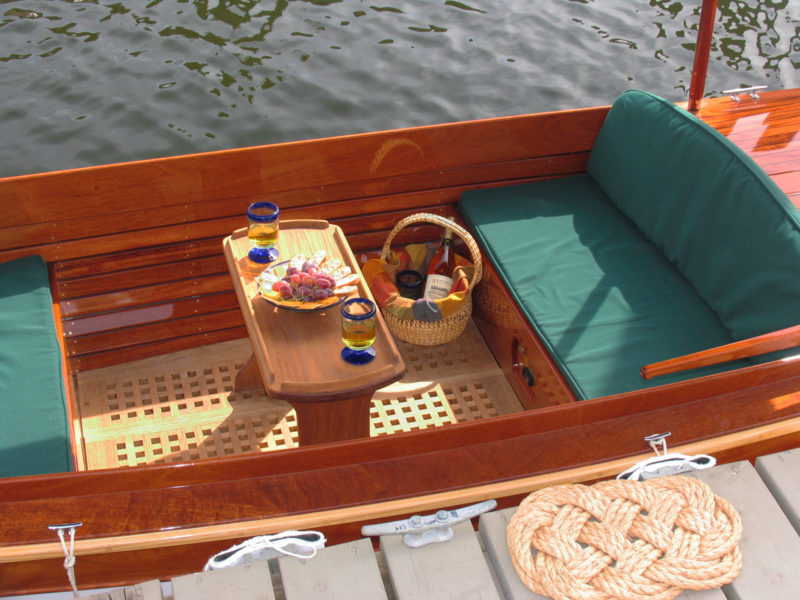 courtesy of Budsin Electric Boats
courtesy of Budsin Electric BoatsThe optional teak-grate sole and the folding table make for a well appointed cockpit.
The cockpit has two benches, with room for two to stretch out or for two couples seated shoulder-to-shoulder. The helmsman sits on the aft bench. The throttle is secured to the coaming, and the tiller is at the aft port corner of the coaming and connected to the rudder by the same kind of steering cable used for controlling an outboard motor from a wheel forward. The arrangement has no detectable play, makes operating the boat quite easy, and the swing of the tiller doesn’t interfere with the occupants. The controls are on the port side, leaving my right hand free for taking notes and shooting pictures. With the optional folding table, I could just as easily have eaten dinner while touring the lake with a companion.
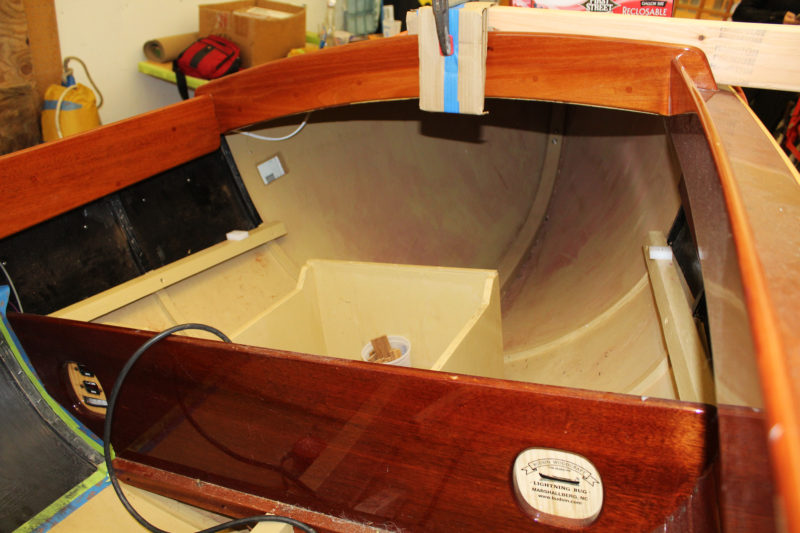 Christopher Cunningham
Christopher CunninghamRemoving the forward seat reveals the box for the main batteries and the storage area under the foredeck.
The seat backs fold down to provide access to the spaces under the foredeck and aft deck. There’s plenty of room in the bow for stowing items such as PFDs, a picnic basket, a cooler, and blankets. The batteries, a pair of 105 amp-hour, absorbed-glass-matt (AGM) batteries, are easily accessed: Sunbrella-covered seat cushions can be removed, the hinged seat back and seat folded down, and the whole unit lifted out. The aft seat covers the power plant: a 700 watt, 24-volt DC motor. There is room either side of the motor for two more AGM batteries, which would provide 1 ½ to 3 hours of reserve power. With the aft seat back folded down, there is access to a bit of storage space under the aft deck. Bulky items might not slip past the crossbeam that supports the motor, but smaller items such as fenders will find a spot there. Foam to meet Coast Guard flotation requirements is secured to the inner face of the transom. (Boats shipped to Europe have additional foam secured in the bow to meet the applicable requirements.) LUCCIOLA’s removable cockpit sole is made of two panels of 1/2″ marine plywood and covered with carpet. A teak grate is an option if you prefer a more traditional look. Beneath the cockpit sole there is an automatic electric bilge pump.
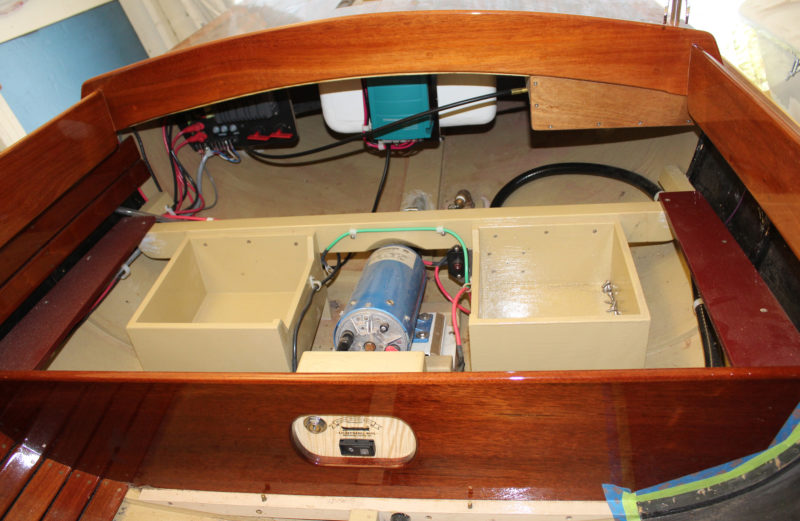 Christopher Cunningham
Christopher CunninghamRemoving the aft seat reveals the motor and two boxes for reserve batteries.
The motor is remarkably smooth and quiet—I was never aware of it, even though I was sitting right over it—and drives a stainless-steel shaft supported beneath the hull by a bronze strut. A bronze skeg attached to the strut guards the bronze three-bladed propeller and supports the bottom of the rudder. Budsin offers a keel that provides additional protection for the prop in shallow waters where running aground is a possibility or if you’d like to pull the boat up on a beach.
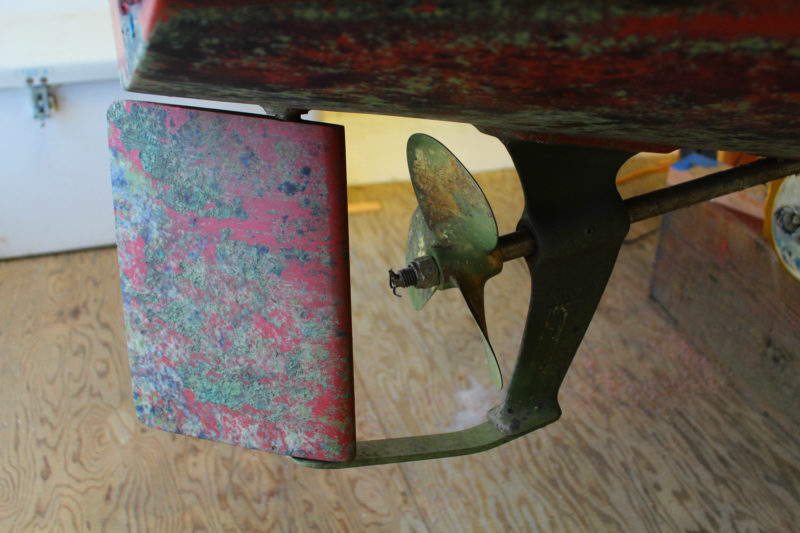 Christopher Cunningham
Christopher CunninghamLUCCIOLA has the standard arrangement for rudder, prop, and strut.
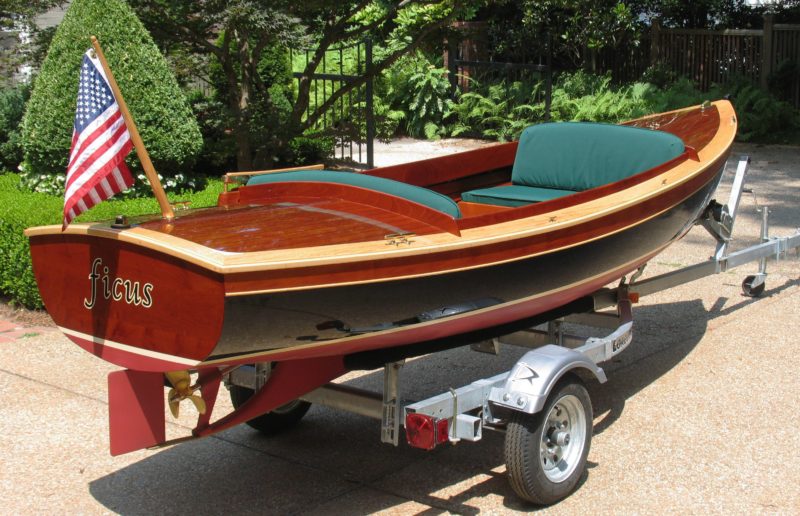 courtesy of Budsin Electric Boats
courtesy of Budsin Electric BoatsA full keel is an option for boats that require extra protection of the prop and rudder.
If LUCCIOLA had been equipped with Budsin’s optional sound system, I could easily have missed seeing it while I was aboard. Six speakers are discreetly installed along with an auxiliary cable connecting them to whatever gizmo you use to store your music collection on, and a discreetly located volume control is near the throttle. I didn’t miss having music. When a boat is as quiet as the Lightning Bug, I’m content listening to the sound of water lapping a wooden hull.
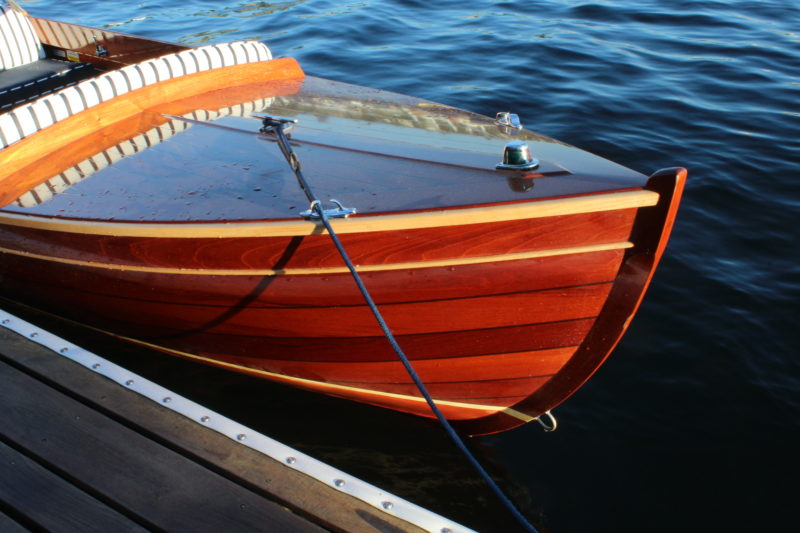 Christopher Cunningham
Christopher CunninghamThe planking seams have been routed and filled with a dark mix of mahogany dust and epoxy.
Budsin sets the Lightning Bug’s top speed at 5 ½ mph, with a running time of 4-1/2 hours on fully charged batteries. Throttling back to 5 mph should stretch the running time up to 7 hours. The only instrumentation is a battery-charge indicator set forward of the helmsman where it’s easily seen, so I used my GPS in a part of the lake sheltered from the wind for speed trials. It recorded a top speed of 4.5 knots (5.2 mph).
A power cord is connected to a charger secured under the aft deck. Having the cord with the boat is a good idea; it’s safer to carry the cord from the boat to the power source than to carry an electrified cord from the power source across the water to the boat. The charging time is usually double the time that the batteries have been in use, so in most cases an overnight charge will bring the batteries up to a full charge.
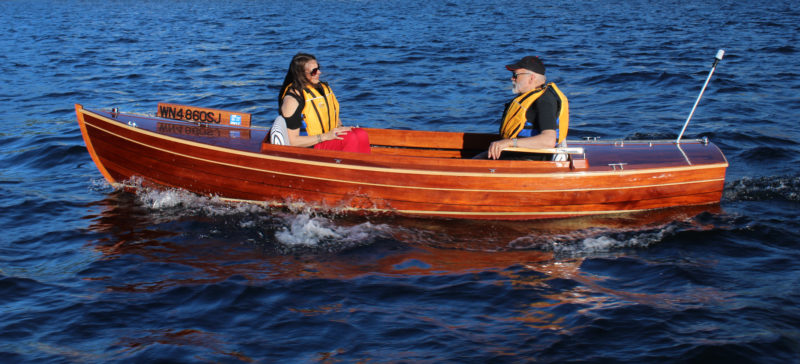 Christopher Cunningham
Christopher CunninghamThe Lightning Bug’s electric power plant can maintain 5 knots for 7 hours.
The boat responds quickly to the helm. It’ll do a 180 in a boat-length radius, and at top speed it will bank into turns. Putting the boat in reverse requires a firm grip on the tiller and judicious use of throttle and helm. As with almost any rudder with a tiller, the blade will want to flop to one side and come up hard against its stops if the tiller is left untended.
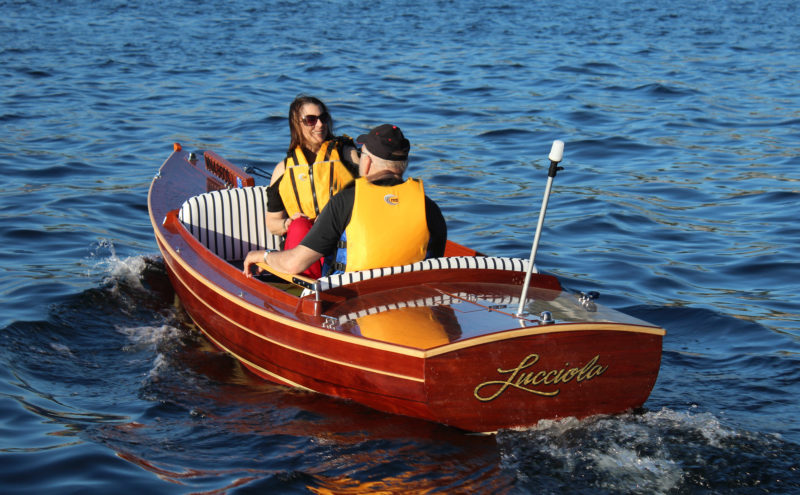 Christopher Cunningham
Christopher CunninghamThe Lightning Bug is equipped with running lights; the stern light is removable and its socket can be used for a flagstaff.
For shading the summer sun, Budsin offers a Sunbrella-fabric canopy supported by mahogany posts. In the fall, Lake Union is especially appealing in the evening when the lights of the city illuminate the skyline and their reflections are painted across the water; Lightning Bugs are outfitted with running lights fore and aft, cockpit illumination, and an all-around white light on a staff that fits and draws power from the flagstaff socket.
The Lightning Bug’s range of 35 miles between charges will theoretically get it to points with a 17-mile radius from home. That’s a lot of territory, but a boat that is so easy on the eyes and ears isn’t about merely getting from one place to another. The vessel is in and of itself the destination: a place to relax, enjoy solitude or the company of friends, and take in the view, both within and beyond the boat.![]()
Christopher Cunningham is the editor of Small Boats Monthly.
Lightning Bug Particulars
[table]
LOA/15′
Beam/50″
Draft/14″
Weight/525 lbs
[/table]
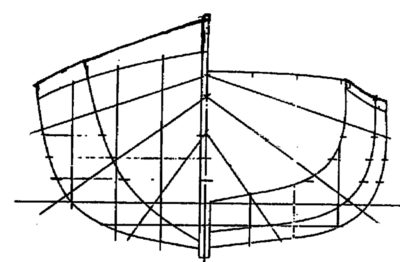

The Lightning Bug is available as a finished boat from Budsin Electric Boats. Prices begin at $24,800 and vary according to options.
Is there a boat you’d like to know more about? Have you built one that you think other Small Boats Monthly readers would enjoy? Please email us!
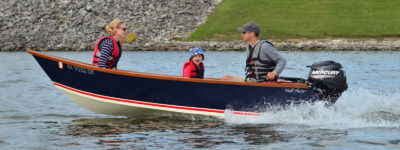
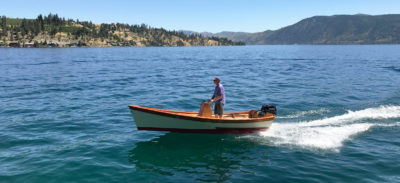
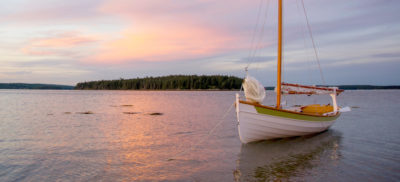
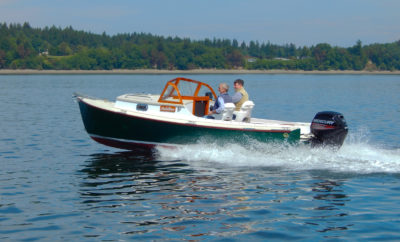
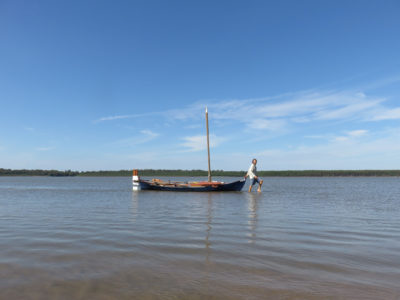
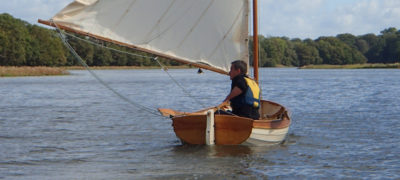
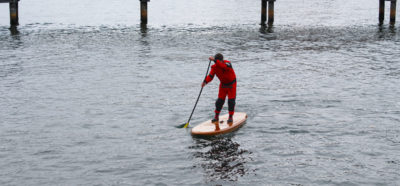
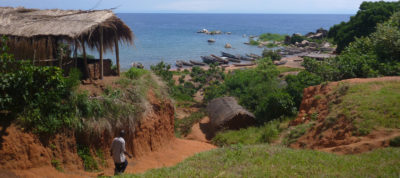
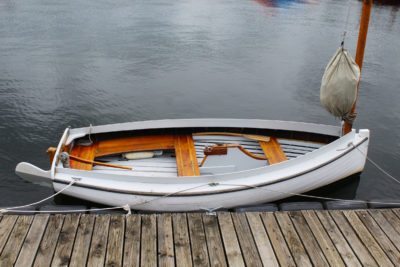
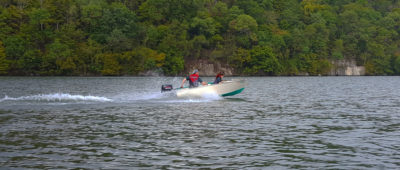
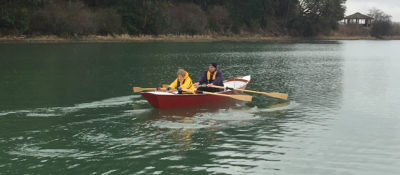
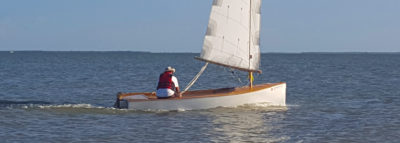
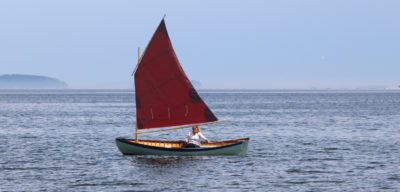
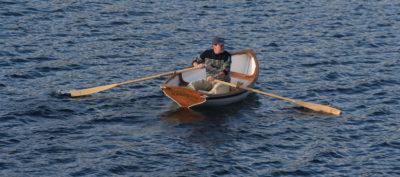
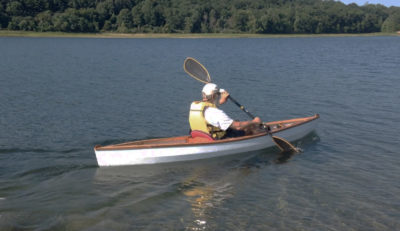
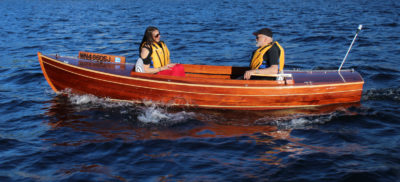
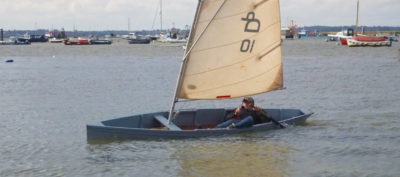
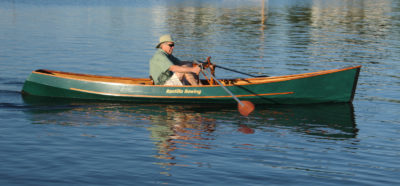
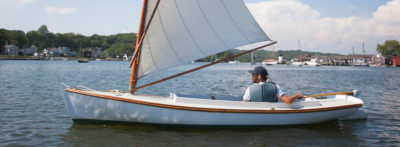
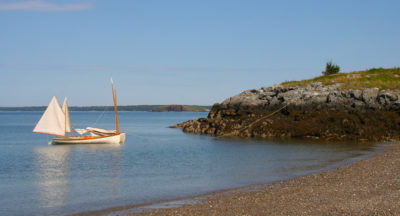
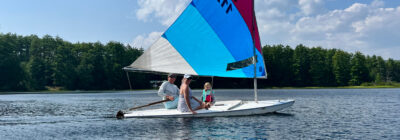
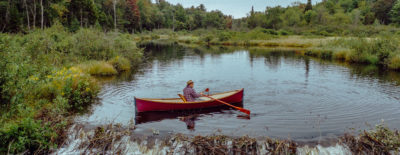
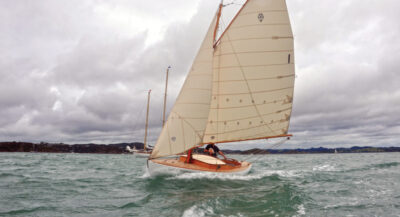
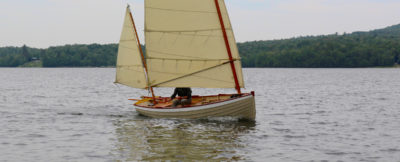
Wow! The boat’s a beauty.
Terrific article and loved the video of the boat in action.
Happy New Year!